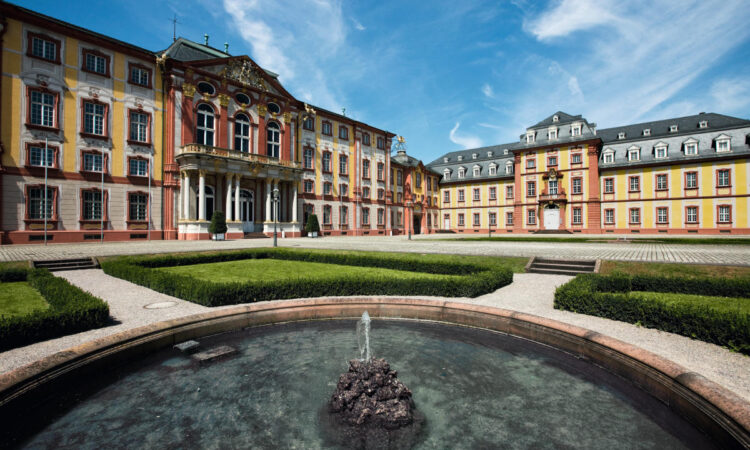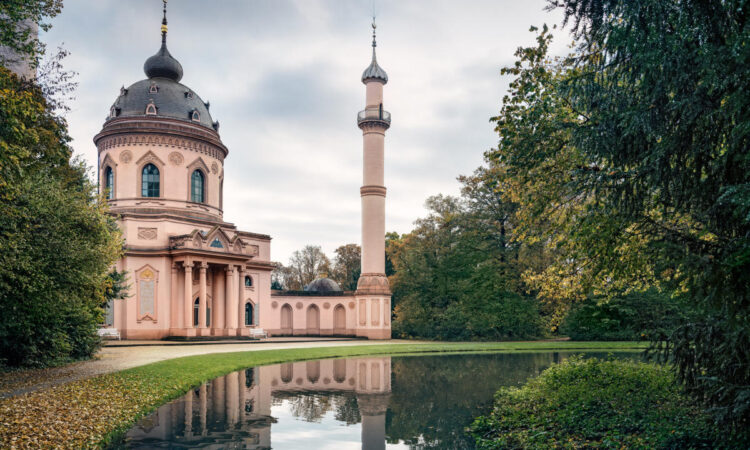The small village of Stettfeld in the municipality of Ubstadt-Weiher was already appreciated by the Romans, who settled the “vicus” where the Basel-Heidelberg and Speyer-Heilbronn trunk roads of the time crossed. With about 2,200 inhabitants, Stettfeld is the smallest, but the oldest part of the village and can boast many significant finds from the Roman period – among them a well-formed male torso made of sandstone. These excavation finds can be seen in the small Roman museum right next to the church, whose Gothic-style building dates back to the 14th century, along with many clues about living and working, the worship of gods and the cult of the dead. According to archaeological excavations, the church probably stands on the site of a Roman sanctuary (discovery of the Three Gods Stone in 1818). At the end of the 18th century, the historic church building with its medieval tower was extended in the neo-Gothic style by positioning a new and much larger nave across the small church. This created a cruciform ground plan in which the former altar area now advanced to a small transept with a chapel. For such a small place, this is a remarkable church building with a special architectural history. The Römerstraße, where the Maison Marie with house number 9 is located, is only a few metres away from the village centre with its church, Roman museum and old town hall. The street name refers to the ancient Roman road that runs about half a metre below the cellar floor under the property – so the guests of the Maison Marie sleep, as it were, above a Roman trunk road. Ben Hur sends his regards … 😉
Today, 2000 years later, the region is known mainly from traffic jam reports: The Walldorf junction, the intersection of the A5 and A6, is not far away, and it is only 6 km to the Bruchsal or Kronau motorway exit.

Heidelberg Castle is probably the most famous ruin in the world.
Sights and attractions are plentiful in the nearby vicinity: If you want, you can lose his/her heart under the castle ruins in Heidelberg am Neckar, 35 km away. Or in the opposite direction, in Karlsruhe, which is just as close, you can visit the former residence of Margrave Karl Wilhelm, who not only dreamed of a magnificent castle in the middle of the Hardtwald, but also had an entire town planned around it, which is also named after him (“Carol’s Rest”). The castles of Bruchsal and Schwetzingen, not far away, are also worth a visit: the staircase of Bruchsal Castle is one of the most famous works by the famous master builder Balthasar Neumann. In Schwetzingen, on the other hand, the extensive and beautifully landscaped palace garden is recommended for walks into the baroque past.










